Are you afraid of twisting and bending because your back hurts? Well, I should say that back pain is a common complaint that we frequently hear. However, we cannot blame you for staring at the computer for long hours because your job requires it, but it is your fault if you fail to put on your sportswear and stretch for a few minutes each day. Isn’t it? We often overlook the importance of strengthening as we get older…
We often overlook the importance of core and back muscle strength as we get older. Back injury and degeneration can only be avoided if you perform a specific set of exercises on a regular basis and keep them in top shape. These exercises include a variety of stretches that not only mobilise your stiff spine but also assist us in actively engaging them. If you believe that these stretches are only for the elderly, you are mistaken. Back problems can affect people of any age, and these exercises are suitable for everyone. These stretches can help relieve general back pain or degenerative changes in your spine.
Do you need immediate relief from back pain? Here are 5 effective physiotherapy-recommended exercises that work like magic.
Put on your athletic shoes and get ready for some fun.
Exercise 1: Cobra Pose – a safe way to stretch
To begin, lay out your yoga mat and then lie on your stomach on it to perform this exercise. Raise your upper body slowly by gently lifting your chest off the ground with your hands. While performing this exercise, keep your lower body flat on the mat from your pelvis to your toes. Extend your arms as far as possible and hold that position for at least 10 seconds. After 10 seconds, slowly lower yourself and repeat the stretching ten times more.
Exercise 2: Stretch from knee to chest
You lie flat on your back, similar to a hip raise, and slowly bend one of your knees. Lift your bent knee to your chest and hold it there for a few seconds, maybe 5 seconds. Slowly perform this stretch to avoid putting strain on your back. Repeat with the opposite knee and hold this stretch for about 2-3 minutes.
Exercise 3: Hip Raise
To begin, lie on your back on a mat and gradually bend your knees. Slowly raise your hips while keeping your knees bent and balancing your body weight on your shoulder blades. Once you’re in that position, begin inhaling by taking a deep breath and hold for 10-20 seconds. Repeat this exercise 10 times to improve spine strength and stability.
Exercise 4: Hip Twist
It is the best recommended exercise for spinal mobility, and you must perform it while lying on your back on a mat. Bend both knees and gently twist your lower half to the left side without straining too much. Try this stretch and allow your knees to go as far as they can comfortably go. Simultaneously, stretch your upper half of your body to the right. Return to the original centre position. Similarly, try bending your right knees and stretching your upper body to the left side. It is critical to inhale and exhale deeply while performing these stretches. Continue this stretch for 5-6 minutes and repeat it twice.
Exercise 5: Crawling Baby
This Crawling baby exercise can help to strengthen the lumbar and thoracic regions. Sitting in one place or driving for long periods of time makes these areas stiff, so do this exercise to improve mobility. Position yourself on a mat like a crawling baby, then stretch your hands and bend forward, leaning most of your weight on your knees. Hold this position for a few seconds before allowing your body to stretch and relax. Repeat this process 3-4 times more.
Physiotherapists recommend these exercises to make positive changes in the back region and increase flexibility by reducing stiffness. If you feel a sharp pain or any kind of discomfort while performing the exercises, you should stop immediately. If you have persistent back pain, you should see a physiotherapist. They are experts at assessing and diagnosing your problem, and they will prescribe specific exercises based on your fitness level.


